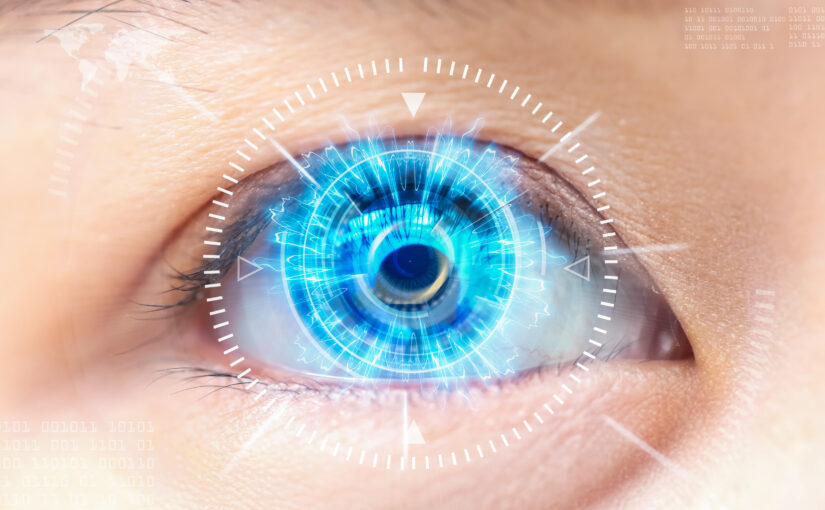If you’ve been diagnosed with cataracts, you have two surgical options. There is traditional cataract surgery, in which the surgeon makes a tiny incision in the cornea with a scalpel. Another instrument then incises a circle on the lens capsule to access the cataract. Laser-assisted cataract surgery uses an optical imaging to collect information about the lens, which is sent to the laser via computer to determine the exact place for the incisions. The experts at Vista Eye Specialists explain why laser-assisted cataract surgery holds certain benefits.
Laser-Assisted Cataract Surgery
The lens clouding associated with cataracts affects about half of Americans by the time they reach 80. With traditional surgery, ultrasound energy breaks up the cataract and removes the pieces. The artificial lens is then inserted.
Laser-assisted cataract surgery relies on software to map out the procedure. Treatment plans are completely customized. Because it is computer-guided, the use of the laser makes lens placement more precise.
Improved Consistency and Accuracy
Even the best ophthalmologist cannot draw an absolutely perfect circle — no human can. A laser, however, can create a precise circle, enabling the surgeon to make a better rhexis incision. Laser-assisted cataract surgery is many times more accurate than the same procedure done by hand.
Moreover, for some patients, laser-assisted cataract surgery provides better correction than traditional surgery.
Minor Astigmatism Correction
Laser-assisted cataract surgery allows the surgeon to correct a patient’s minor astigmatism by reshaping a cornea with an imperfect shape. While this is possible with traditional cataract surgery, there is more reliability with the laser, which leads to a better outcome.
Less Corneal Swelling
Ultrasound can use a considerable amount of energy when breaking up a cataract. All that energy increases corneal swelling risk. That, in turn, can impair vision temporarily. Since laser use leads to less energy to accomplish the same task, there is less corneal swelling. Less inflammation means the eye can heal more quickly.
Smoother/Quicker Recovery
Patients undergoing traditional cataract surgery may experience a gritty feeling in the eye for several days afterward, along with blurry vision and the urge to itch the eye. Those undergoing laser surgery may suffer less discomfort. Many have no pain whatsoever. That makes sense, as there is much less eye trauma.
Contact Us
If you would like to learnmore about the benefits of laser-assisted cataract surgery and whether you are a candidate for the procedure, contact Dr. Jani at Vista Eye Specialists and schedule a consultation. He will answer all of your questions so you can make an informed decision about your choice of cataract surgery.


